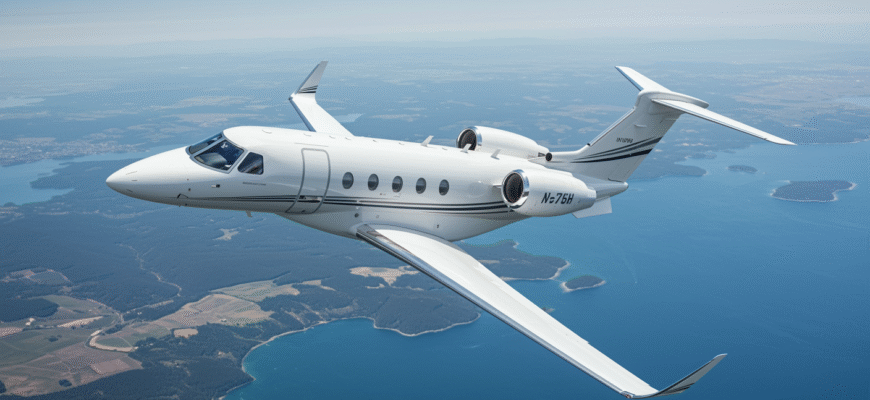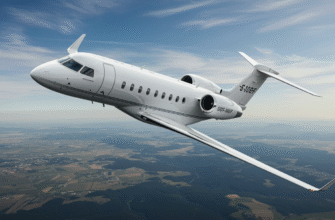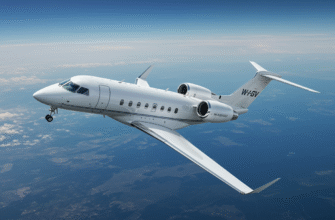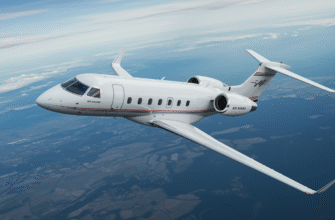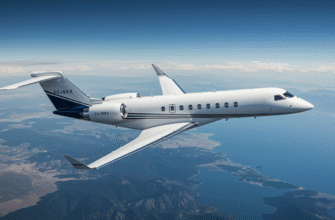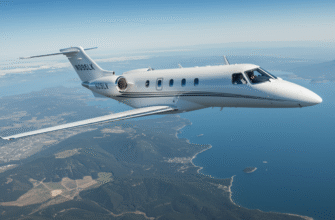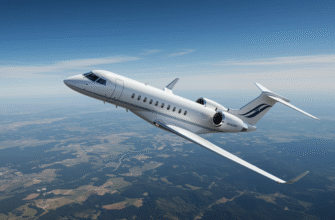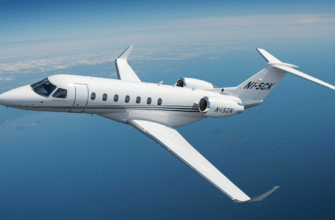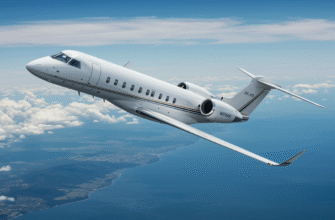If jet adrenaline had a poster child, it would be painted with the silhouette of a Learjet 60 tearing up toward 45,000 feet. This isn’t your average business jet—it’s a loud, proud, unapologetically fast machine that pilots either fear or fall in love with. Born from the Lear legacy but enhanced with the kind of upgrades you’d expect from a true performance breed, the Learjet 60 and its sleeker sibling, the 60XR, have carved out their own lane in the midsize jet world.
For air charter operators, speed-focused execs, or anyone chasing more sky in less time, this bird checks every box—blistering climb rate, coast-to-coast legs, and just enough cabin to make you feel like you’re not giving anything up. Some call it a rocket in a suit. Others say it’s the cockpit of choice for adrenaline junkies with an MBA. Throw in the XR upgrade and things get even more refined—less cabin noise, better avionics, and fewer reasons to swear in turbulence.
But is faster always better? Let’s break open the specs, the economics, and all the cockpit chatter behind this turbo freak of a midsize jet.
What Makes The Learjet 60/60XR A Legend
The Lear 60 carries a rep that borders on obsession in certain pilot circles. Raw, unapologetic power defines it—in climb, in performance, in vibe. It’s not gentle. It’s not forgiving. And that’s exactly why it has die-hard fans who wouldn’t fly anything else.
This jet was built for a specific kind of flier: the operator sick of delays, the corporate buyer who wants to beat trade winds like a rebel, and those who still believe in machines that bite back. It’s a pilot’s plane, and a business tool with muscle.
| Feature | Learjet 60 | Learjet 60XR |
|---|---|---|
| Avionics | Older Honeywell Primus 1000 | Enhanced with Pro Line 21 |
| Cabin Noise | Notorious for being loud | Improved soundproofing |
| Cruise Speed | 436–484 mph | Up to 484 mph modern cruise |
| Interior | Basic configuration | Updated lighting, galley, and lav |
Unfiltered Performance Breakdown
Talk to anyone who’s ever taken the yoke on a Learjet 60, and they’ll mention the climb—fast enough to pop ears and shake coffee cups. Many jets in this class settle under 3,000 fpm. The Lear? Try over 6,000, on a good day. It doesn’t ease up, either—this thing wants altitude like a dog chasing steak.
Once leveled out, it cruises with confidence. Expect to hum along at 423–484 mph, depending on load and attitude. The tradeoff? It’s not a whisper-quiet experience. Cabin altitude feels pressurized but not G650-level plush. Still, unless you’re expecting a spa in the sky, it’s solid—and fast learners rough through it in favor of speed.
Flying coast-to-coast? Plan on chewing through fuel. A coast-to-coast run will hit your wallet for around $2,600/hour in operating cost, factoring in fuel, maintenance, and standard crew ops. It’s not Gulfstream pricey, but definitely not budget aviation either.
- Climb rate: 4,500–6,000+ ft/min (beats most of its class)
- Range: Up to 2,418 nm depending on weight and winds
- Landing: She comes in hot—prepare for firm, short-runway performance
One pilot described takeoff like this: “It feels like the jet is arguing with gravity—like it’s mad at the ground.” Those who’ve flown it say the plane practically jumps when cleared to rotate. On descent though? You better know your stuff. It’s not the most forgiving on approach, especially at field elevations above 5,000 feet.
Lean Into The Costs: Acquisition And Operating Economics
Buyers circling this category in the current year will notice pricing that makes the Lear 60 look tempting—until you compare it to the better-equipped 60XR. Pre-owned Lear 60s are currently selling around $1.8–$2.2M. XR models demand more, often $2.5–$3.4M, depending on hours and cockpit upgrades.
Here’s where it gets interesting. The Learjet 60XR operating costs hover around $2,697 per flight hour. This includes fuel (which it drinks faster at max thrust), airframe maintenance, crew salaries, and basic insurance. It’s not unaffordable—but definitely skews toward experienced operators rather than first-time owners.
Hidden costs? Oh, they exist:
- Hangar fees vary wildly, but assuming $2K/month isn’t far off
- Training for pilots can be $30,000+/year with type ratings
- Legacy parts aren’t always on the shelf—expect delays or sticker shock
- Tires and brakes wear quick—especially with the aggressive landings this jet favors
Thinking of chartering it out? Potential income exists—with charter rates averaging $3,800–$4,100/hour. But don’t fall for fantasy projections. Unless it’s flying over 300 hours a year, you might break even, not bank. And there’s downtime, maintenance hiccups, and client damage to factor in.
So while ownership isn’t out of reach, it’s not a jump-in-and-fly situation. The Learjet 60 and 60XR reward attention to detail, deep pockets for maintenance, and respect for older systems married with elite performance. Get that mix right, and she’s all yours—in swagger, speed, and showmanship.
The Cockpit Experience: Stay or Upgrade It?
For anyone stepping into a Learjet 60 cockpit for the first time, it’s a bit like time-traveling. The original 60s came standard with the Honeywell Primus 1000 avionics suite—solid, but very analog-feeling by today’s standards. When the 60XR dropped, Bombardier kept the Primus 1000 but gave it a major facelift with the Pro Line 21 interface. That alone changed the way pilots interacted with the aircraft.
Having a glass cockpit isn’t just about looking slick—it cuts down scan fatigue, improves situational awareness, and makes flying feel less like work. The XR’s layout is cleaner, more intuitive, and easier to update. Legacy cockpits? Not so much. Some pilots joke about the “garbage dump placement” of switches near the throttles, or systems hiding behind trim levers—it gets chaotic mid-mission, especially in IMC or when juggling ATC changes.
For those flying an older Lear 60, retrofitting with Garmin G5000 or the full Pro Line packages is a real option. But they’ll set you back upwards of $350K–$500K depending on the shop and options. Worth it? If you plan to keep her in the air more than another five years—probably.
Weird Quirks and Secret Fixes
Beneath the sleek speed and beastly climb lies a Lear 60 that’s low-key needy. It’s got attitude—and some strange habits that even seasoned mechanics side-eye.
Let’s start with the CG issue. The Lear 60 has a tendency to load nose-heavy, especially with two up front and a full cabin. If weight and balance aren’t dialed just right, it can mess with rotation and landing flair. One pilot summed it up as: “Land short and she’ll bite; try to rotate heavy and she might just kneel instead.”
Then there’s tire life and brake wear. This jet doesn’t tolerate sloppy landings. Blow a tire or overheat a brake and suddenly you’re on the ramp needing parts from Wichita. Early models especially were notorious; the XR improved this somewhat, but maintenance obsessive-compulsives still keep a close eye.
There’s also one tiny breaker on the pilot’s side, deep under the panel, that controls power to the lav light and the galley. Forget it? Hope you like flying dark (or bringing a flashlight). A surprisingly common “gotcha” that has stranded jets on luxury runs.
- Hot tip from maintenance vets: Always carry spares for the nose light switch and lav pump relay—those go out often, and ramp shops charge triple if you’re grounded without them.
These quirks don’t make the jet bad—they just mean she demands respect. Treat her like a diva, and she performs like one.
Verdict: Should You Buy a Learjet 60 or 60XR?
If your mission includes fast climbs, coast-to-coast hops, and showing up with that classic Lear attitude, this jet kills. It’s not a G650, don’t expect a spa onboard—but it gets you there before almost anyone else in its price tier.
Downsides? Short runways, tight budgets, or picky luxury travelers may balk at the noise and layout. She’s built for performance, not pampering.
For 90% of buyers, the XR wins. Better cockpit flow, smarter cabin, same raw speed—but with just enough polish to keep everyone comfy, including the guy up front.
